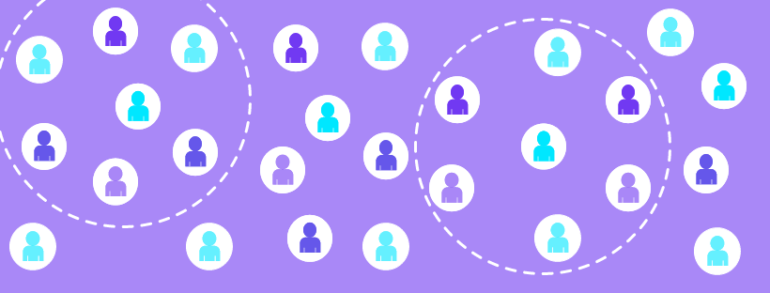In the dynamic landscape of mobile apps, where user preferences and behaviors vary widely, the implementation of effective in-app segmentation is crucial. In-app segmentation involves dividing an app’s user base into distinct groups based on shared characteristics, behaviors, or preferences.
This process has become an indispensable strategy for enhancing user engagement, driving conversions, and ultimately improving the overall user experience. Here’s why in-app segmentation is so important:
- Personalized User Experiences: In-app segmentation enables developers and marketers to tailor user experiences based on individual preferences. By understanding user demographics, interests, and behaviors, apps can deliver relevant content, recommendations, and offers, creating a more personalized and engaging experience for each user.
- Targeted Marketing Campaigns: In-app segmentation allows for precise targeting of marketing campaigns. Instead of employing a one-size-fits-all approach, apps can send targeted messages, notifications, and promotions to specific user segments. This results in higher open rates, click-through rates, and conversion rates, as users are more likely to engage with content that aligns with their interests.
- Improved Conversion Rates: Segmenting users based on their buying behaviors and purchase history enables apps to present tailored offers and recommendations. This significantly increases the likelihood of conversions, as users are more likely to respond positively to promotions that align with their preferences and buying habits.
- Reduced Churn Rates: By identifying at-risk users or those who have shown a decrease in engagement, apps can implement targeted retention strategies. In-app segmentation helps identify the reasons for churn, allowing apps to proactively address issues, re-engage users, and reduce overall churn rates.
- Enhanced User Engagement: Segmenting users based on their interaction frequency, content preferences, and app usage patterns allows apps to deliver content that resonates with each group. This enhances user engagement as users receive content that aligns with their interests, increasing the time spent on the app.
- Optimized User Onboarding: In-app segmentation assists in designing tailored onboarding experiences for different user segments. New users can be guided through the app’s features based on their goals, preferences, and familiarity with similar apps, resulting in smoother onboarding and improved user satisfaction.
- A/B Testing and Iterative Improvements: In-app segmentation facilitates A/B testing, where different segments are exposed to varied app features, layouts, or offers. This approach helps developers identify which changes lead to better outcomes for specific user groups and allows for iterative improvements to the app’s design and functionality.
- Data-Driven Decision-Making: In-app segmentation is based on data analysis and user insights. This data-driven approach empowers app developers and marketers to make informed decisions regarding product enhancements, feature prioritization, and marketing strategies.
- Customer Loyalty and Advocacy: By tailoring experiences to the specific needs and preferences of users, apps can foster stronger customer loyalty. Satisfied and engaged users are more likely to become brand advocates, spreading positive word-of-mouth and driving new user acquisitions.
Wrapping up, in-app segmentation is a powerful tool that empowers app developers and marketers to create more meaningful connections with users. It enhances personalization, engagement, conversion rates, and customer loyalty.
As user expectations continue to evolve, the importance of in-app segmentation will only grow, enabling apps to stay relevant, competitive, and successful in the rapidly changing app landscape.
We invite you to get in touch with our team of specialists at Appreach, who can assist in the best way to reach your in-app campaigns goals.
Carolyn Max – Marketing Manager at Appreach
